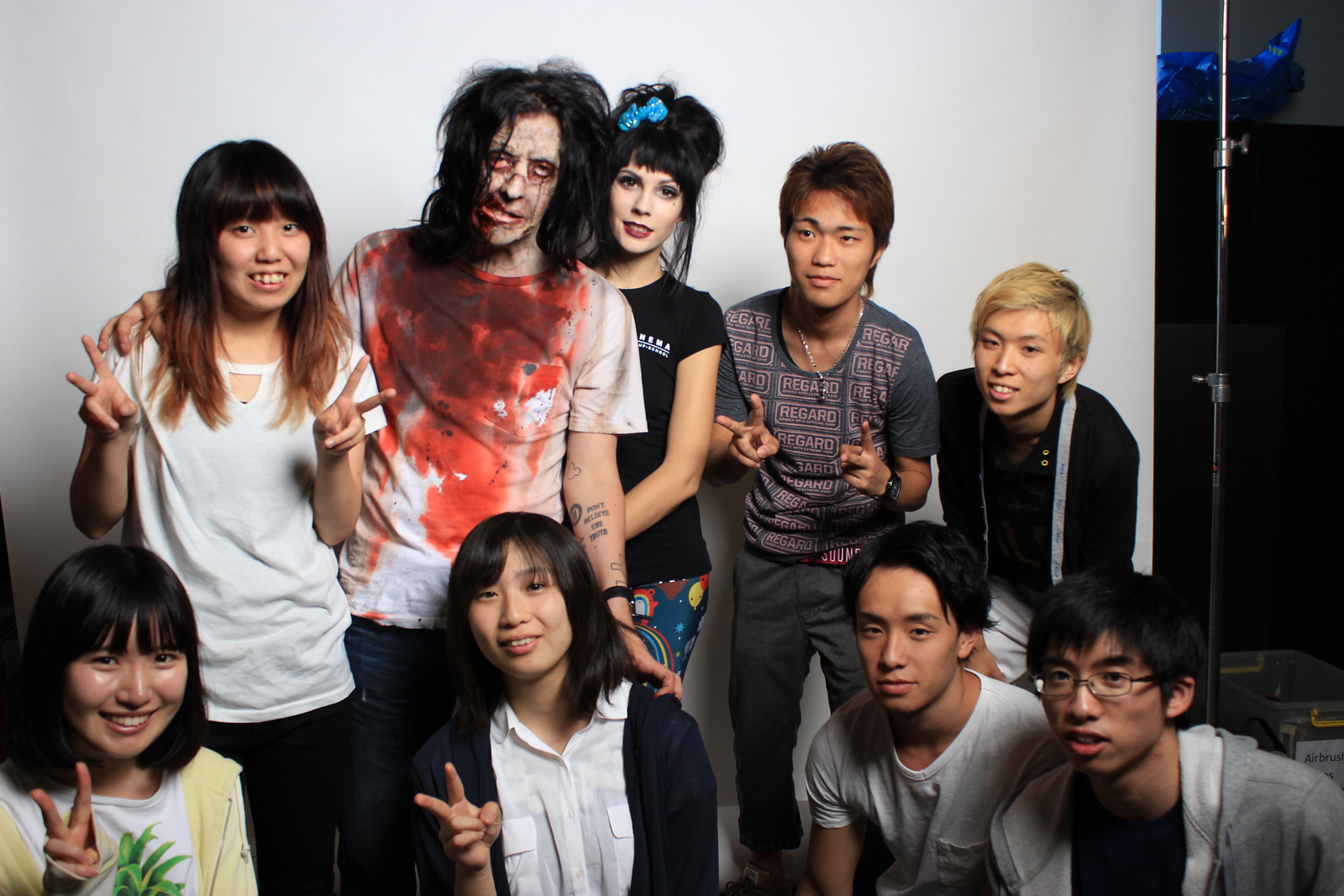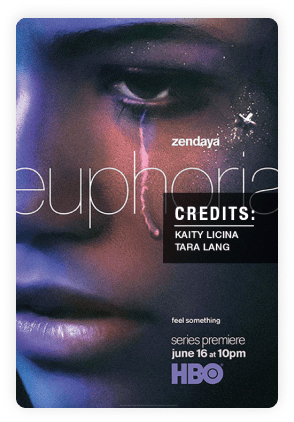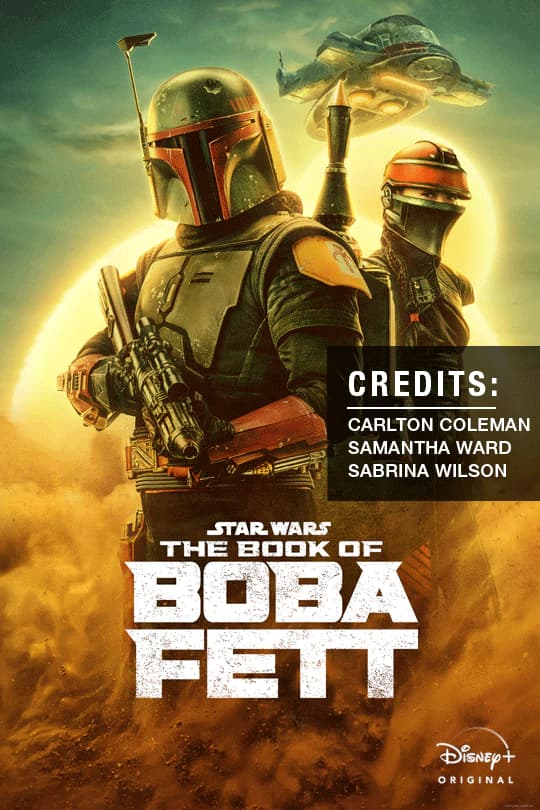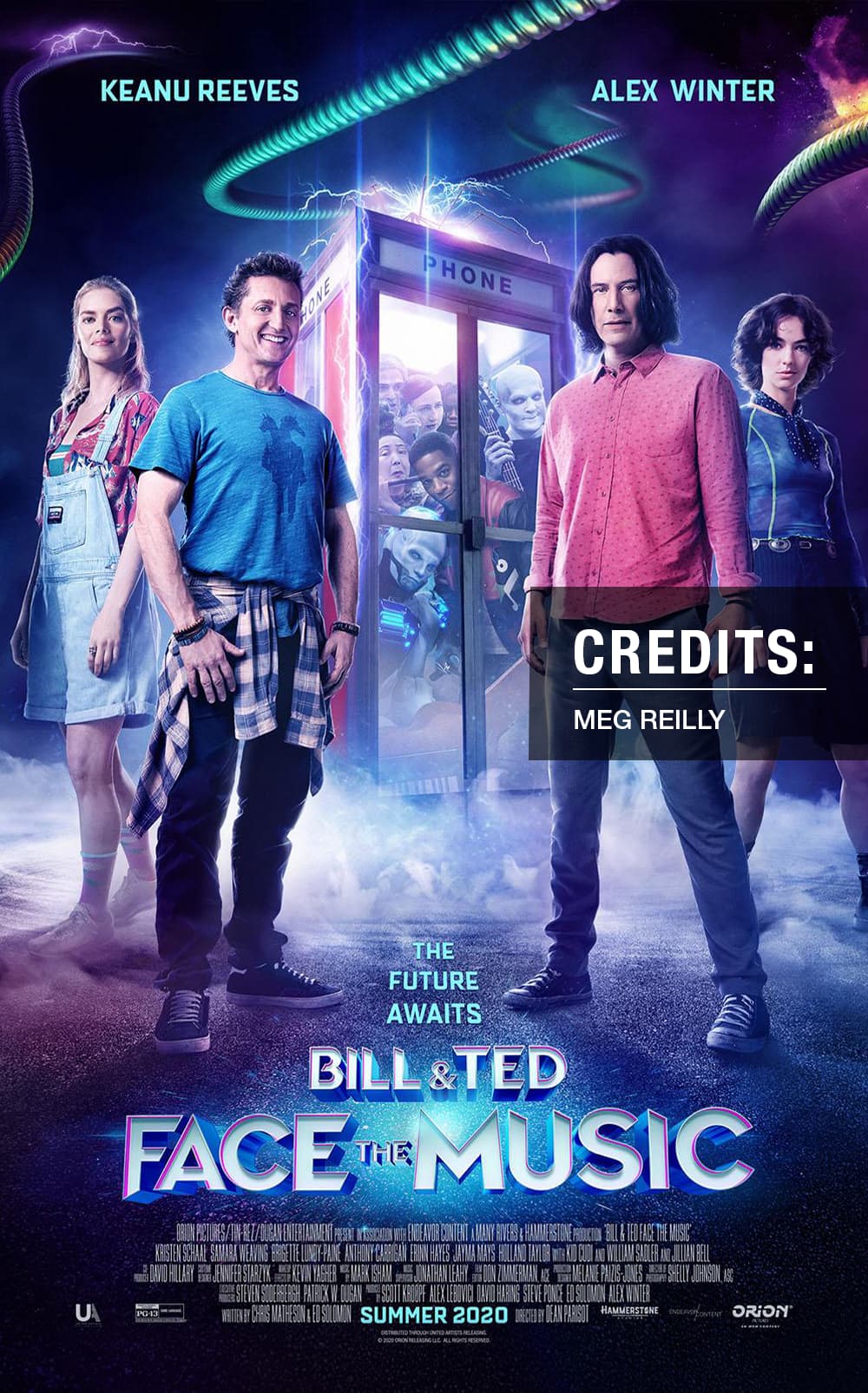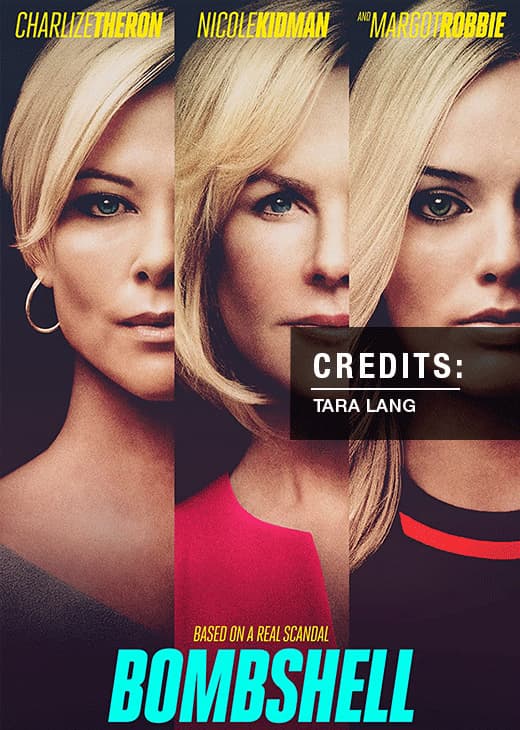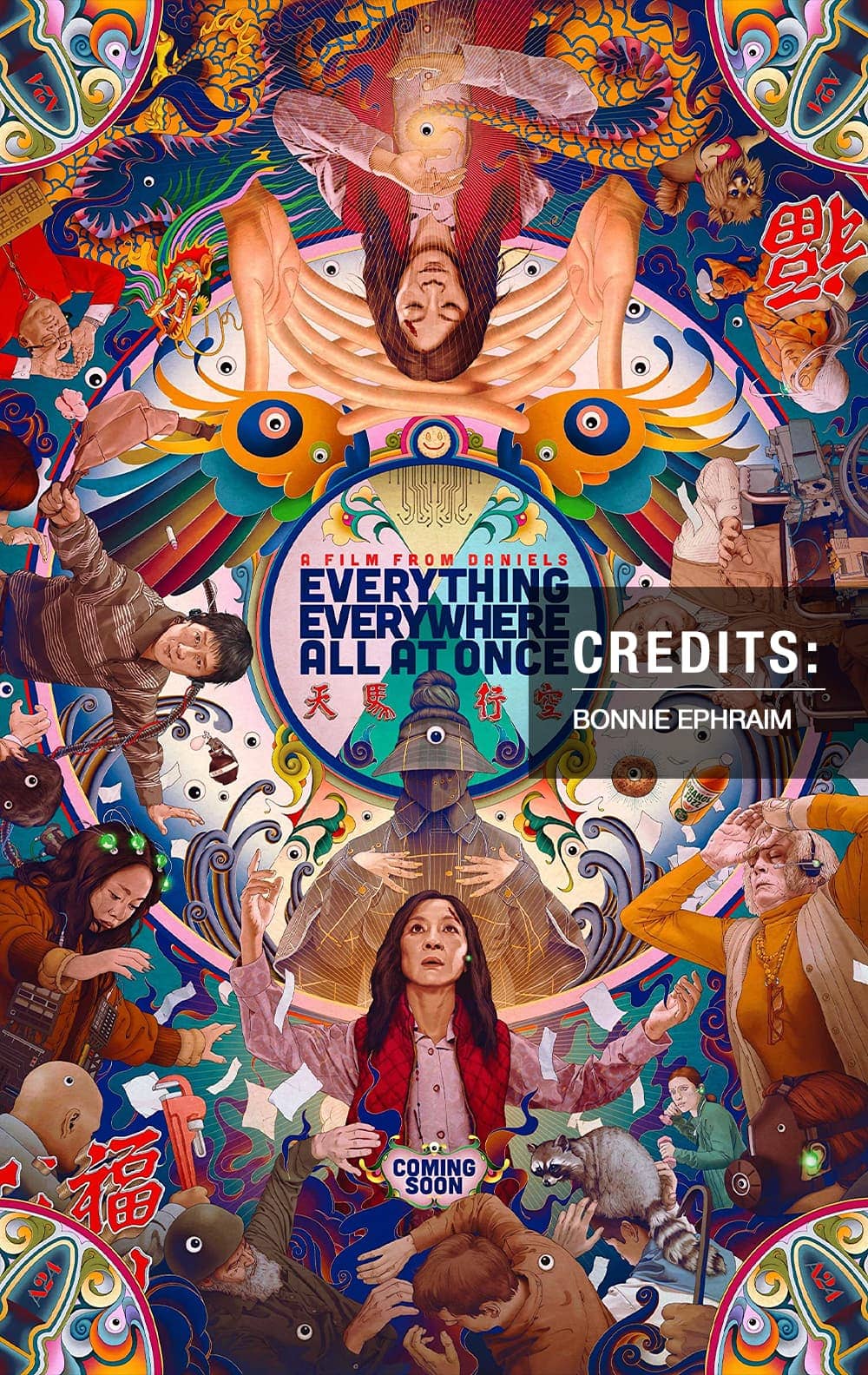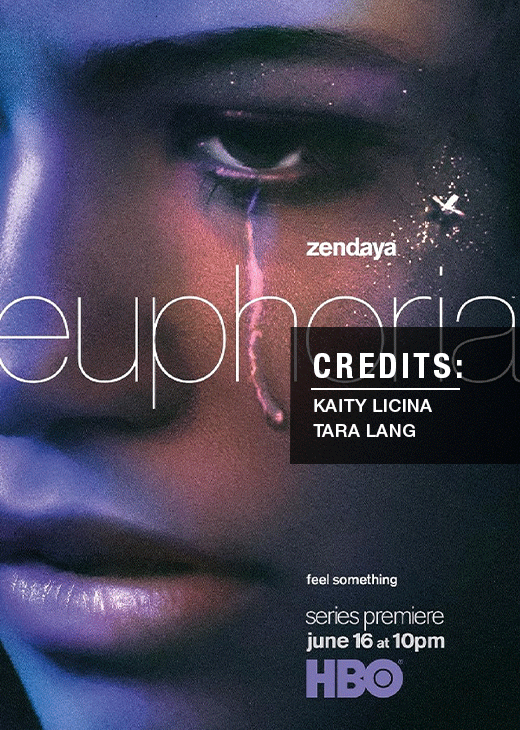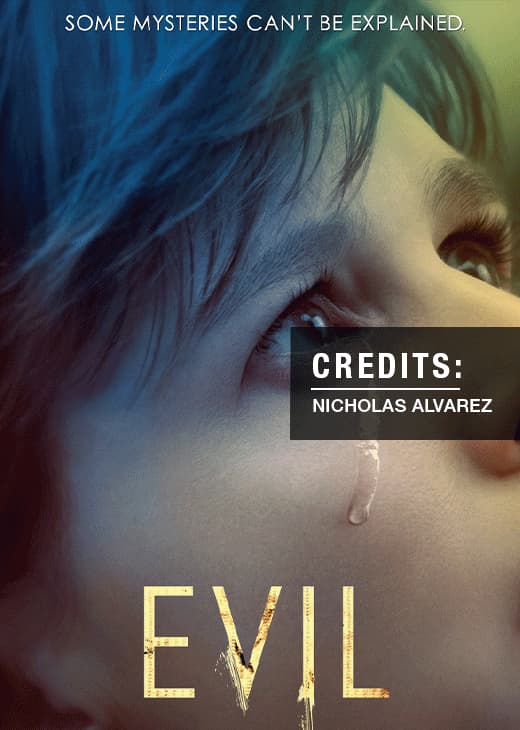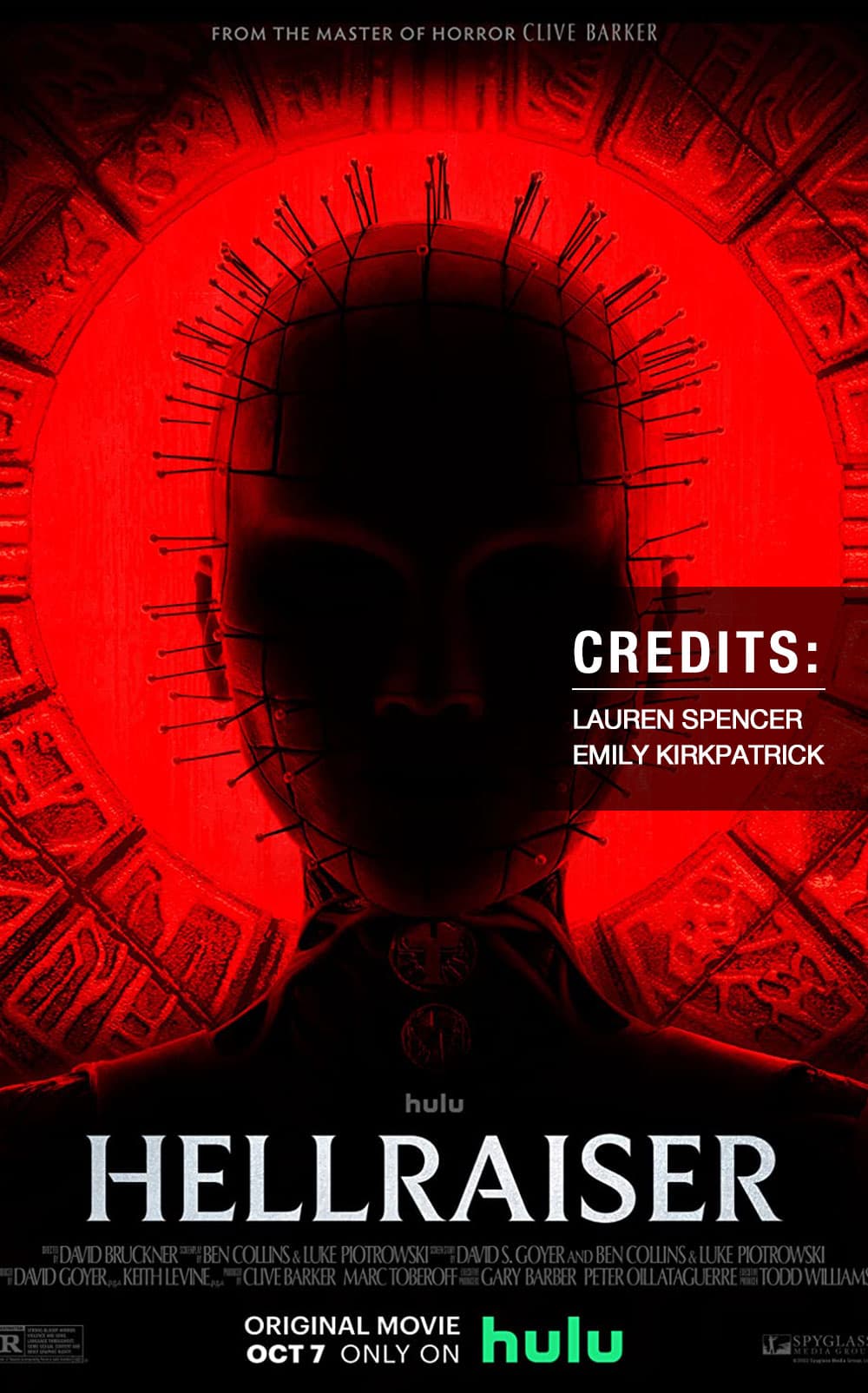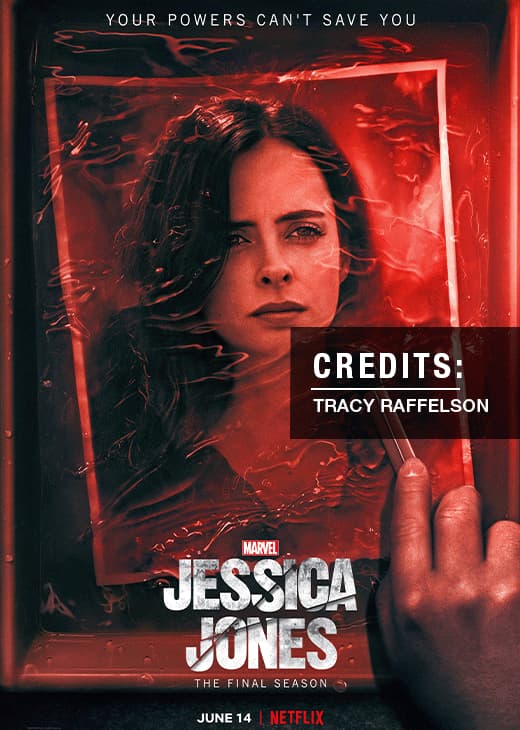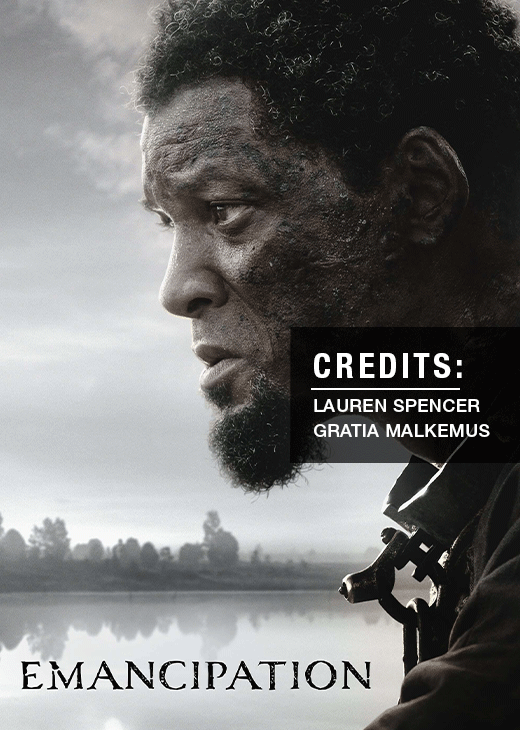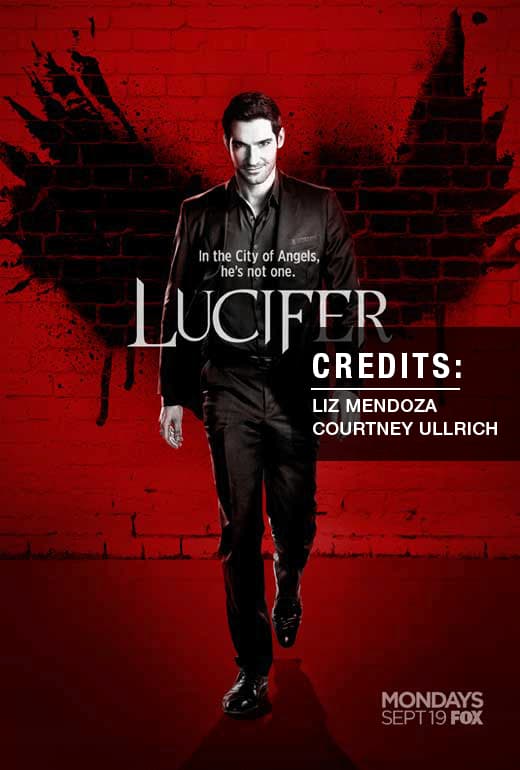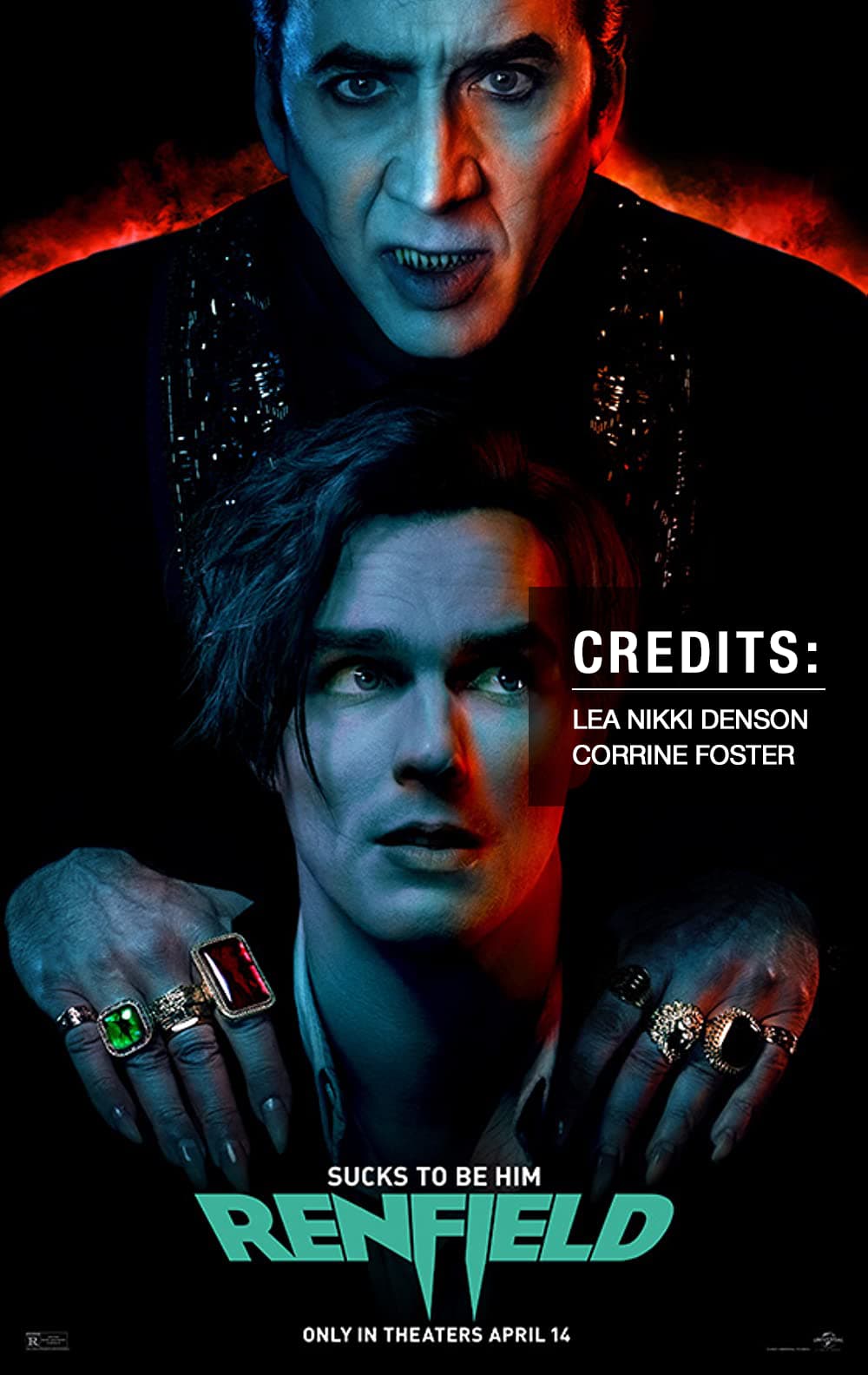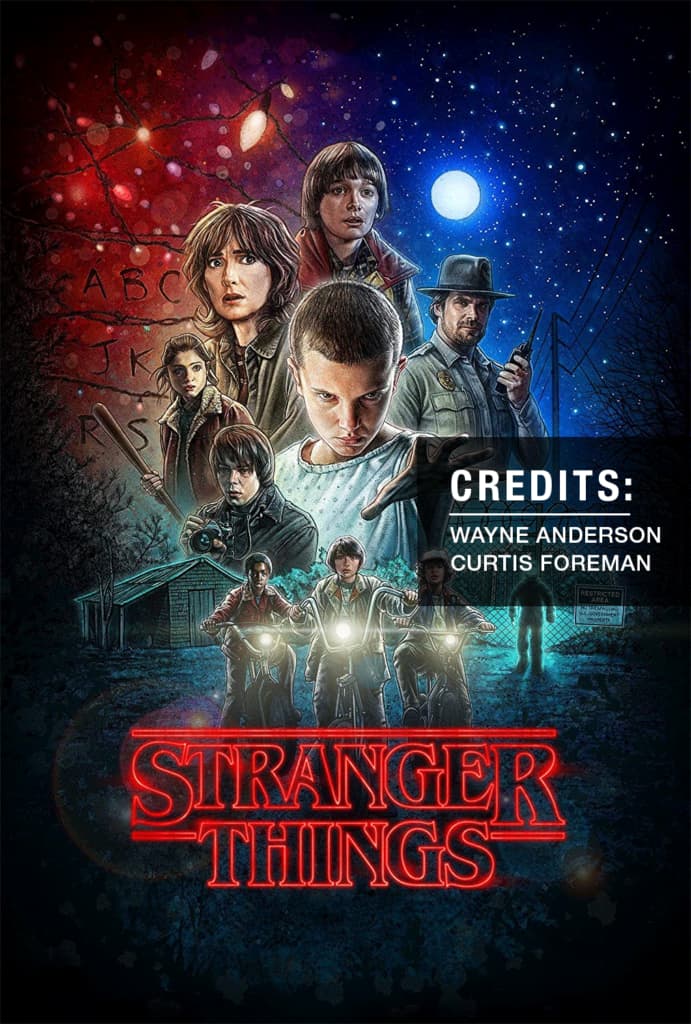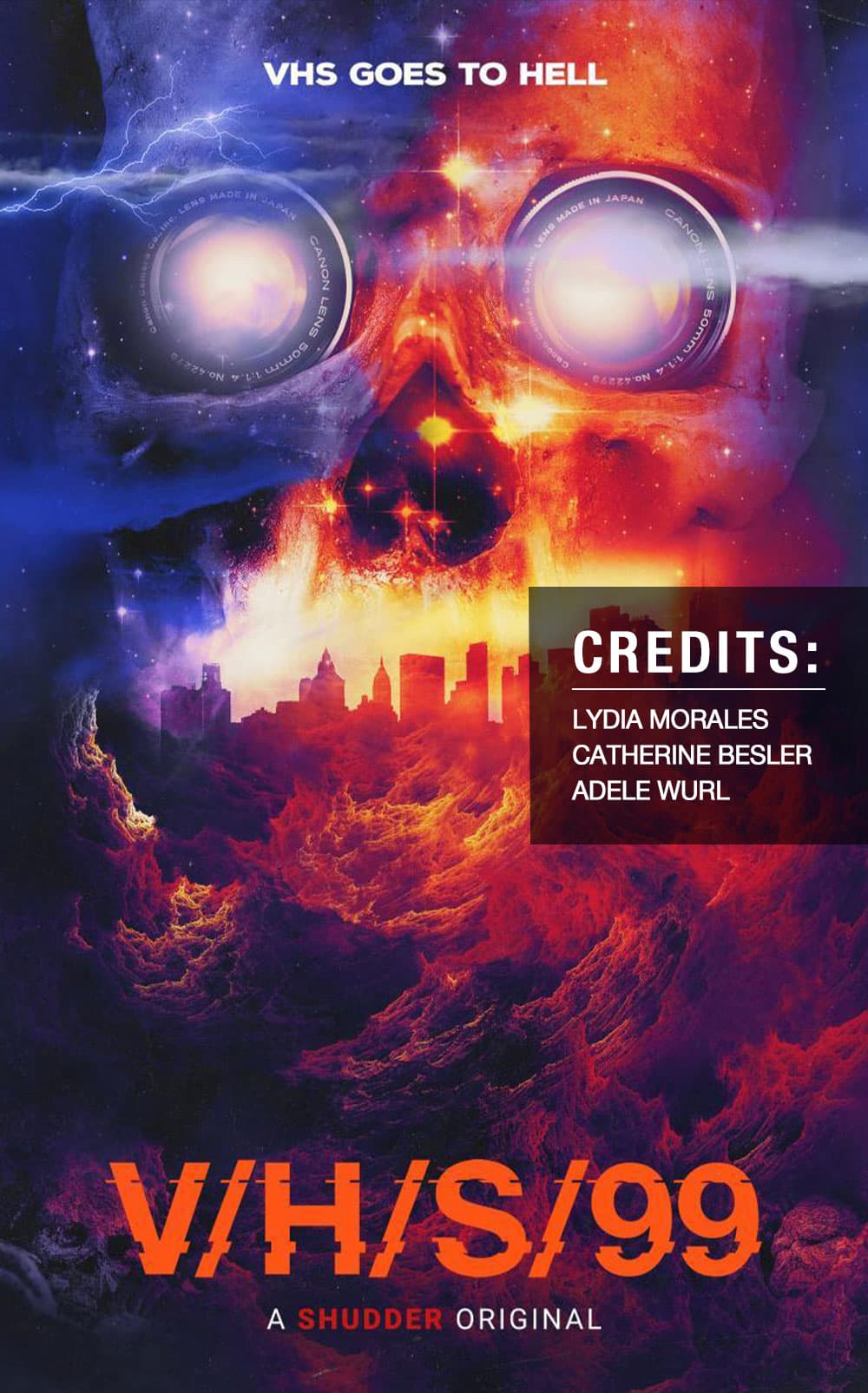There’s nothing quite like the impact of fake blood in special effects makeup. Whether you’re crafting a brutal zombie bite, a slashed throat, or a dripping vampire mouth, fake blood is often the final touch that brings your look to life-or-death.
But for SFX makeup artists, it’s not just about throwing red goo around. There’s real technique, science and strategy behind choosing the right kind of blood for the job.
Let’s talk about what goes into fake blood and why professionals take it so seriously.
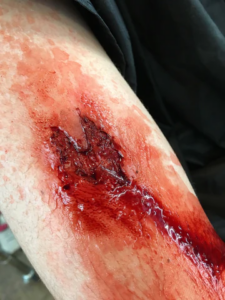
What Is Fake Blood Made Of?
Fake blood may look simple, but creating realistic effects takes a smart mix of ingredients. Whether you’re working on a film set or a DIY costume, most recipes rely on everyday kitchen staples to get the right color, thickness, and texture.
While at-home blends use things like corn syrup and food dye, professional products often add extras like glycerin or preservatives, or silicone pigments for better performance under lights and long wear.
Here’s what typically goes into fake blood, and why.
- Corn syrup – for that thick, sticky texture
- Red food coloring – the base color
- Blue or green coloring – adds depth and realism
- Chocolate syrup or cocoa powder – darkens the tone for dried or clotted blood
- Dish soap – helps with washability, especially on skin and costumes
Learn more – https://en.wikipedia.org/wiki/Theatrical_blood
Why Fake Blood Matters in Special Effects Makeup?
When you’re working in film, theater, or even haunted attractions, blood isn’t just a prop; it’s a storytelling tool. The color, consistency, placement and even the way it drips can tell the audience what happened, how it happened and how fresh the wound is.
Think about it: a thick, dark clotted wound tells a completely different story than a fresh arterial spray.
That’s why professional MUAs don’t rely on one type of fake blood. They have an arsenal and they know when and where to use each one.
Check Out: How to Create Realistic Wounds and Scars with Prosthetics?
Different Types of Fake Blood (and When to Use Them)
Not all fake blood is created equal and that’s a good thing. Depending on the look you’re going for, the lighting setup, or the actor’s skin, choosing the right type of blood can make or break the realism of your scene.
Here’s a deeper look at the 10 most commonly used fake blood types in SFX makeup, along with when and why you’d use each one:
1. Standard Runny Blood
This is your classic fake blood – liquid, smooth-flowing and versatile. It’s ideal for realistic bleeding effects like nosebleeds, paper cuts, or small wounds. Since it moves naturally, it’s commonly used for dripping or oozing effects down the face or body. Perfect for when you want blood that behaves like it would in real life.
2. Thick Blood
Thicker than your standard blood, this type has a syrupy consistency that makes it stick to wounds and stay put. SFX makeup artists often use it for deep cuts, stab wounds, or torn flesh because it gives the illusion of congealed, freshly spilled blood. It’s especially effective for high-impact horror shots or when layering over prosthetics.
3. Scab Blood
This one is all about texture. Scab blood is formulated to dry with a cracked, crusty surface, just like a healing wound. It’s used when you need to show older injuries, infected skin, or trauma that’s not fresh. It also adheres well to latex and silicone prosthetics without running off during long shoots.
4. Drying Blood
For productions where actors need to wear blood for hours without smudging or transfer, drying blood is essential. It sets within minutes and stays in place even under heat or sweat. Often used for background characters, live events, or multi-take scenes where you can’t keep reapplying fresh blood.
5. Edible / Mouth-Safe Blood
Made from food-grade ingredients like corn syrup and food coloring, this type is designed for safe use in and around the mouth. It’s crucial for vampire bites, internal bleeding scenes, or any situation where actors might accidentally ingest it. Some versions are even flavored to make them less unpleasant during takes.
Important Info: Some artists even mix food coloring with clear lubricants like KY Jelly to create realistic effects such as thick blood, slime, or mucus – perfect for mouth-safe scenes and glossy textures.
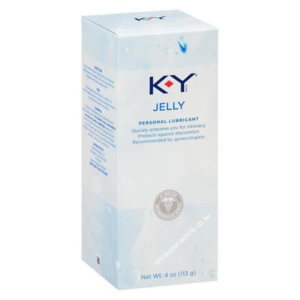
6. Non-Staining Blood
If you’re working with delicate fabrics, light skin tones, or expensive costumes, this is your go-to. Non-staining fake blood is formulated with less pigmented dyes and often includes detergent-like ingredients to allow for easier cleanup. It’s a smart choice for short-term shoots or when blood contact is unavoidable.
7. Spray Blood
Spray blood comes in pump or aerosol bottles for quick, even application across large surfaces. It’s often used in crime scenes, battle scenes, or environments that require a splatter or mist effect. Great for background props, walls, or quick blood bursts without needing a brush or applicator.
8. UV Glow Fake Blood
This blood reacts to blacklight, making it glow in eerie shades, perfect for haunted houses, neon horror scenes, or theatrical performances that need an otherworldly touch. UV Glow Fake Blood adds a supernatural flair and is often used in stylized productions, escape rooms and immersive horror events where visibility in the dark matters.
9. Cream or Gel Blood
This thicker, non-drippy version of fake blood is easy to control and apply with precision. It’s used frequently in stage plays and Halloween makeup because it stays in place, doesn’t transfer easily and doesn’t create a mess. Best for creating defined wounds, bloody noses, or bloodstains that won’t run.
10. Custom-Mixed FX Blood
Experienced SFX artists frequently develop custom fake blood mixtures tailored to specific lighting conditions, camera filters, or prosthetic materials, ensuring the blood appears natural and blends smoothly on screen.
These custom blends allow full control over color tone, thickness and reflectivity, crucial for ultra-realistic results in high-definition film and television. It’s the difference between amateur and pro-level work.
Knowing which type to use and when is what separates a hobbyist from a professional SFX makeup artist.
Get insights on: How To Become a Makeup Artist for Films?
Quick Query: Is Fake Blood Edible?
Short answer: Usually, no but depends on the ingredients.
It also depends on the formula. Edible or mouth-safe blood is typically made with food-grade ingredients, such as corn syrup, food dye and cocoa. These are safe if it accidentally gets in the mouth or if the scene calls for blood spitting, biting, or drooling.
But be careful – not all fake blood is safe to consume. Many pro products are not designed for ingestion and may contain chemicals. Always check the label.

Real-World Training in Fake Blood Application
If you’re serious about mastering fake bloody effects, you need hands-on training from professionals. That’s where Cinema Makeup School (CMS), which is part of a broader educational institution known as Cinema Art College Corporation, shines.
At CMS, students don’t just learn how to make fake blood, they learn how to use it realistically, effectively and safely. Our SFX makeup course covers everything from trauma simulation and prosthetic blending to on-set etiquette and HD camera prep.
You’ll work with industry-grade materials and create projects that look like they walked straight off a movie set.
Do you know?
Cinema Makeup School is ideal for students from many countries, as demonstrated by the visit from MBC Academy Beauty School in Korea to explore our Special Makeup Effects programs.
Watch the video here to see why we’re the top choice for aspiring artists worldwide:
How Do You Remove Fake Blood from Skin?
Removing fake blood requires gentle, effective methods to avoid skin irritation. Products like micellar water, coconut oil, soap, and toothpaste help break down pigments, while barrier sprays make cleanup easier. Avoid harsh chemicals, hot water, or scrubbing too hard, as they can worsen stains or damage skin.
- Makeup Remover or Micellar Water – For sensitive areas like the face or neck, these products gently remove fake blood without causing irritation.
- Coconut Oil or Baby Oil – When dealing with stubborn blood formulas, oils work wonders by breaking down the pigments, making cleanup much easier.
- Soap and Warm Water – Classic yet effective. A bar soap tends to remove fake blood better than body wash, especially when paired with warm water.
- Prep with Barrier Spray or Lotion – Protect your skin before applying fake blood. Using a barrier product makes it far easier to wipe off afterward.
- Toothpaste – Surprisingly, toothpaste can act as a mild abrasive and a cleanser for fake blood. Apply a small amount to the stain, scrub in circular motions and rinse with warm water.
- Lemon Juice – The acidity in lemon juice helps break down pigments while also serving as a natural disinfectant. It’s an excellent option for removing fake blood from skin.
What NOT to Do:
- Avoid Harsh Chemicals – Stay away from products that contain strong chemicals or alcohol, as these can dry out or irritate your skin.
- Don’t Scrub Too Hard – Over-scrubbing can lead to skin irritation, redness, or even abrasions. Be gentle to avoid damage.
- Don’t Use Hot Water – Hot water can cause the fake blood to set deeper into the skin, making it harder to remove. Stick to lukewarm water for the best results.
Worth Reading: How 3D-Printed Prosthetics Are Revolutionizing Movie Makeup?
Frequently Asked Questions:
1. How Long Does it Take for Fake Blood to Dry?
The drying time for fake blood depends on its type. Runny or edible blood tends to stay wet, which is great for creating active drips or a fresh, bleeding look. Drying blood or scab blood typically sets within 5 to 15 minutes, depending on air flow.
Gel or thick blood, however, may stay tacky for a longer period. To speed up the drying process, professional artists often use fans or heat tools on set. Just be sure to check if the product you’re using can safely handle additional heat or airflow.
2. Does Fake Blood Stain Skin?
It depends on the formula. Fake blood that doesn’t stain skin is specifically designed with gentle ingredients and added detergents.
Pro Tip: Always apply a barrier spray or lotion before using fake blood to help prevent staining and ease cleanup.
